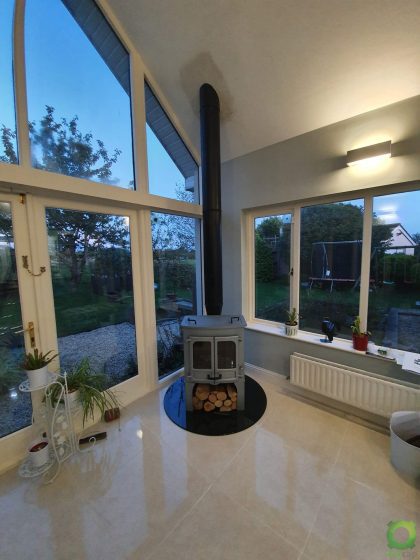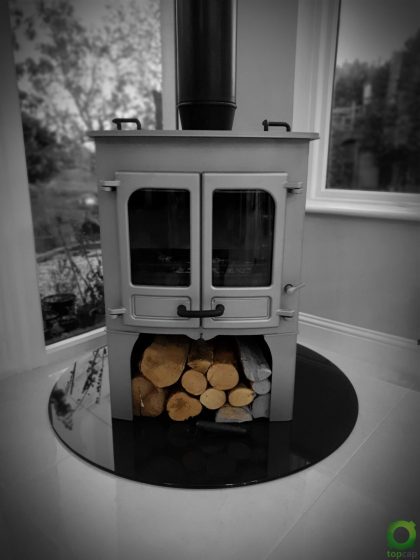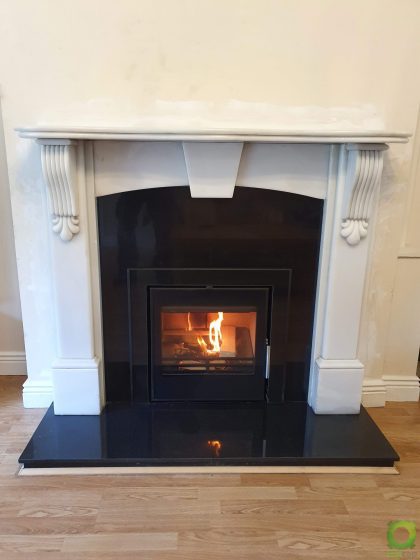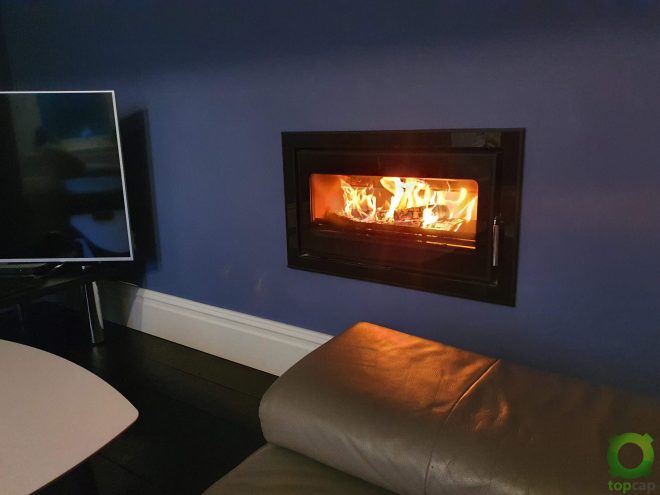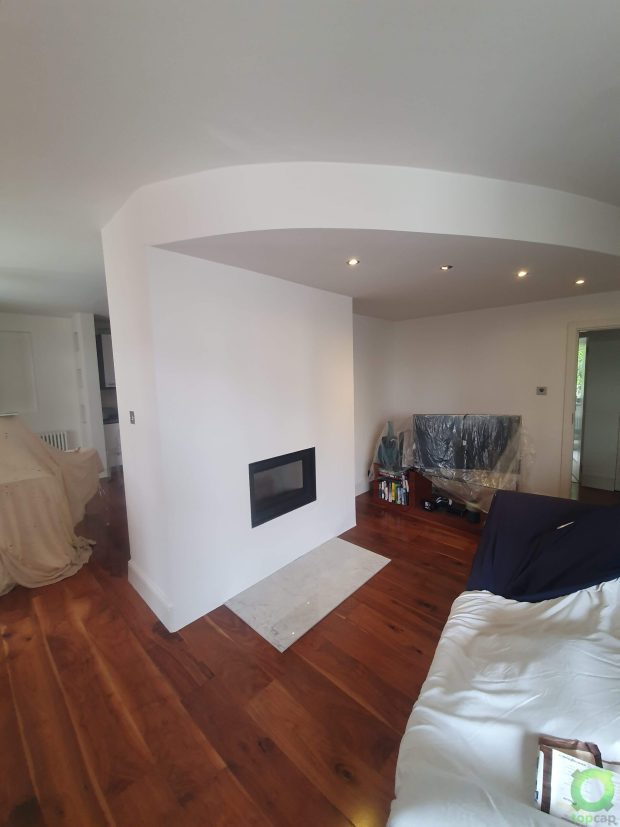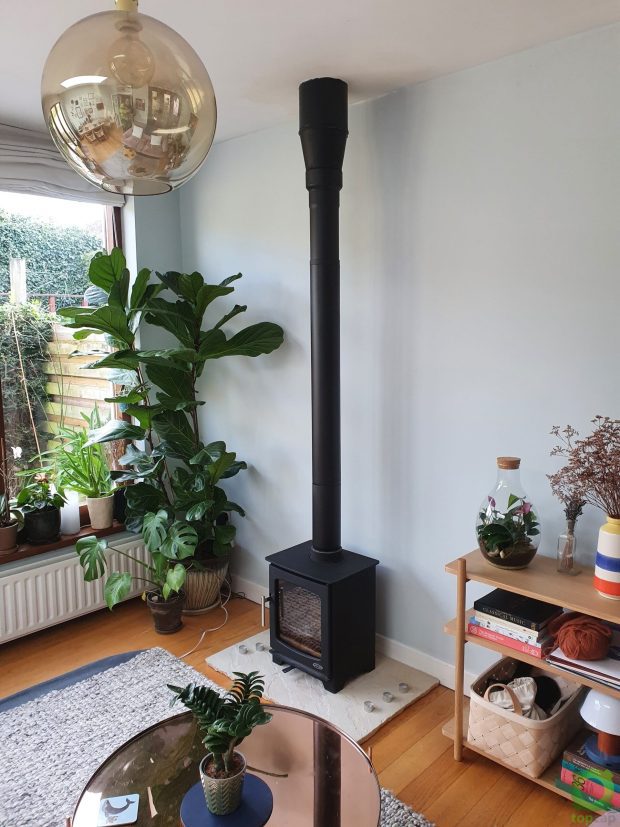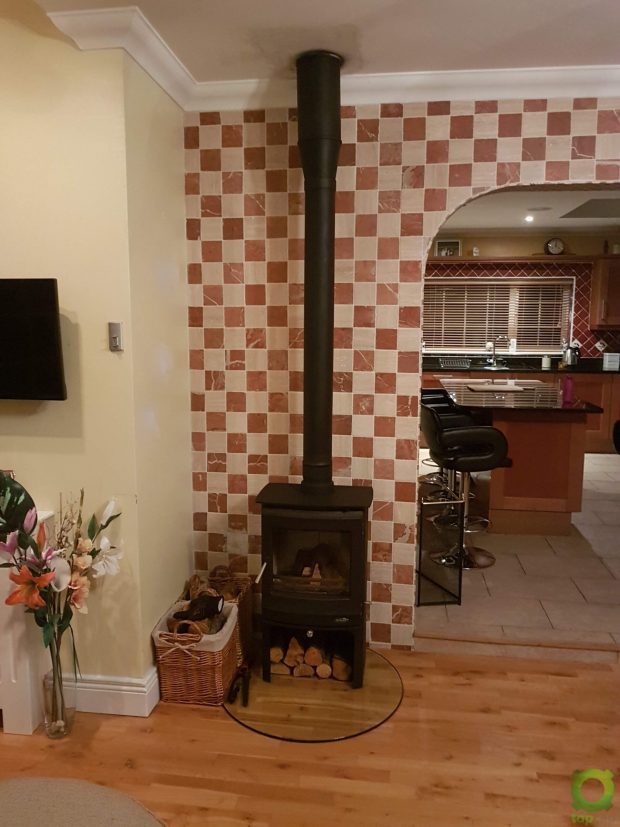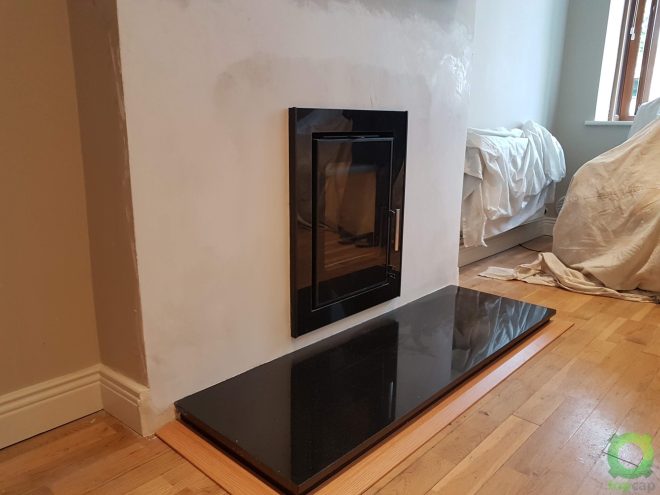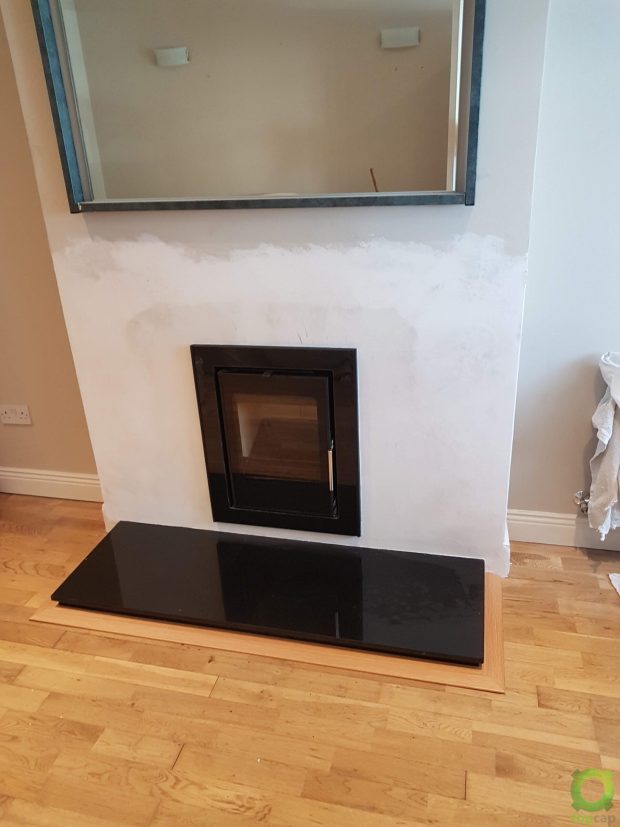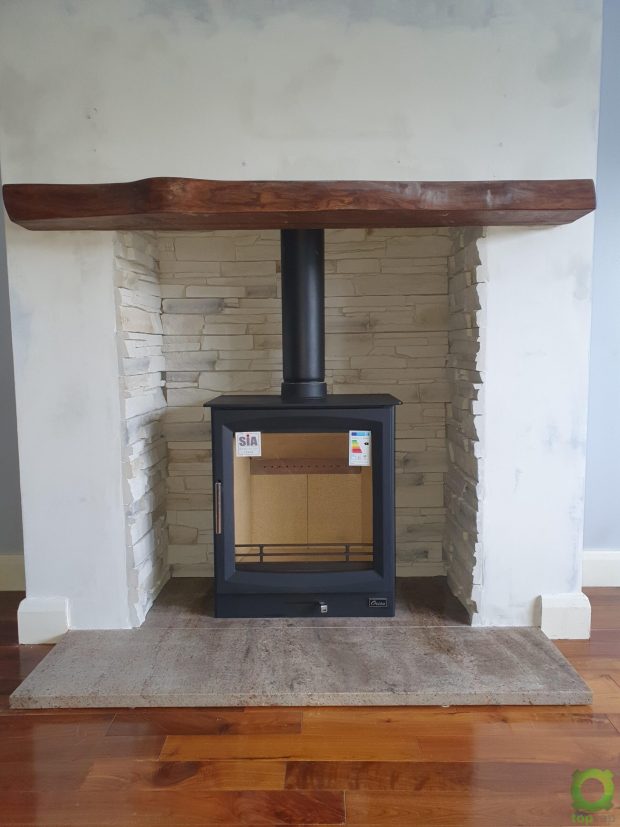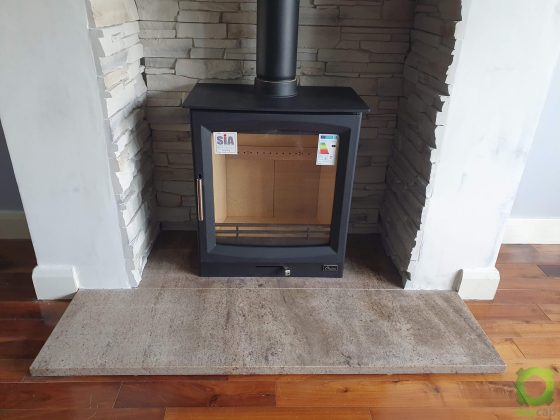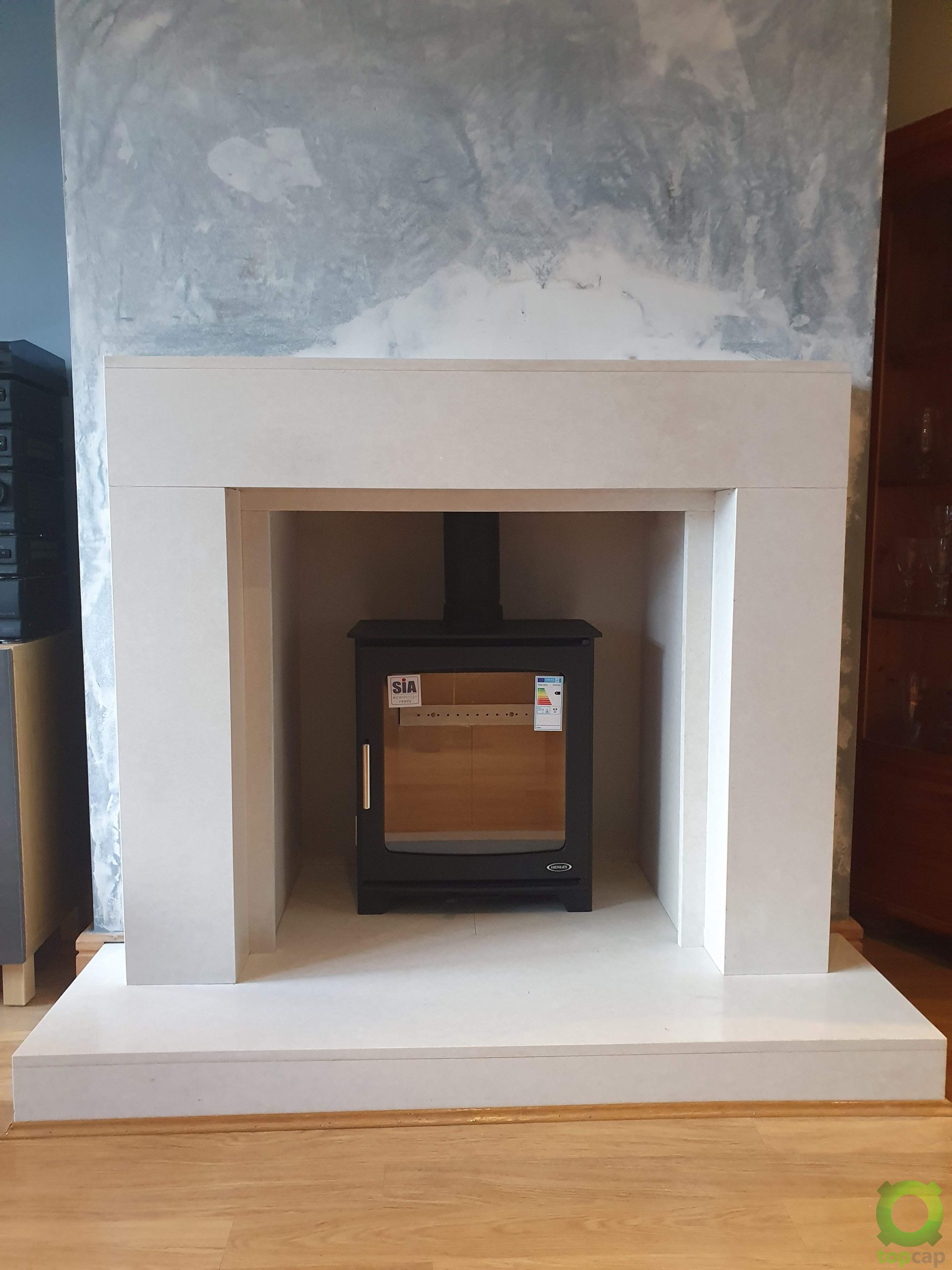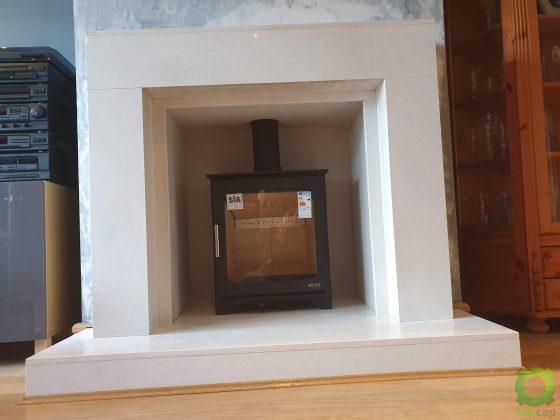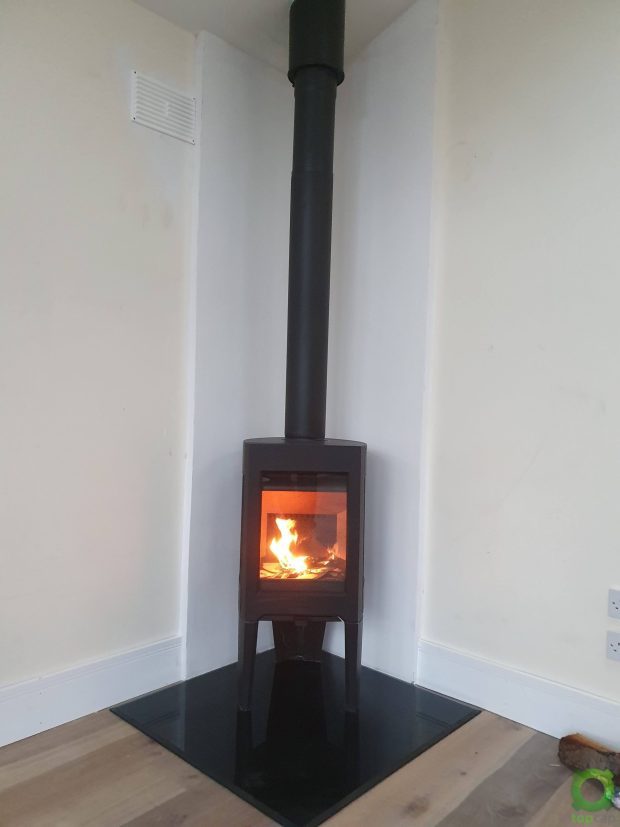Expert Stove Installations Since 2012
If you don’t know who we are, good chance your neighbour or colleague does, Just Ask Them!
After re-installing bad stove installations from shops and other installers since 2012- Top Cap’s aim is to stand by its customers and installations by bringing new standards and piece of mind to the public! We follow up several days later to see if you ‘the customer’ is happy by its performance and if you have any questions? Have you forgotten what we trained you? And how is your stove operating under differenet conditions sand how it’s preforming?
Stove Installation Services:
Chimney Sweep
Chimney Relining
Fireproofing
Custom Granite & Stone Hearts
Chamber Digouts
Fireplace Alterations
Gas Fire Removal
Training
CO Alarm
Cert Of Compliance
And More, Just Ask!
Standing By Our Stove Installations
We have found that stoves installed over the last decade came with no training or basic information from the supplier or installer, from how the vents work or what fuel to use and what not to use! We’re here to change that! And stand by our customers and always give exstensive training and even sometimes videos of how to use their stove!!
Top Cap Expert Installers and Installations – Same Prices Just Better!
Installations will be signed off by HETAS Trained and Registered Installers and they will provide you with a receipt to state that we installed the stove and it’s safe to use. Back boiler installations will also be carried out by RGI plumbers alongside the chimney stove installation crew.

Notice: Stove & Flue Installations
Top Cap will only install stoves with flexible flue liners since 2012, also know as chimney relining! Because we are the first point of call with shops, manufacturers and online searches for chimney problems and poor stove installations, we have noted that flue adaptors rarely work and will cause problems within 1-3 years of your stove installation or even after your first sweep.
1: It is difficult for anybody to line up the stove with the chimney adaptor as they are all at different angles. This creates problems with sealing the chimney tightly and secure.
2: The stove/appliance will not work efficiently with the increased draw from 8 inch flues on 5 or 6 inch appliances.
3: Often the heat conducted up the pipe and the force needed to fit the adaptor tightly to the chimney tends to crack the bottom pot of your flue liner over time, creating a fire & poisonous fumes hazard.
4: While it is still law to use these adaptors, manufacturers will always recommend relining a chimney in their manuals, however some stove shops tend not to publicly push this as it would be a loss in sales due to extra costs.
Before purchasing a stove, please click the relevant tabs below to help advise you.
How Much does it cost to install a stove?
Stove installations costs vary depending mainly on where it is being placed. The main costs of the installation in most cases is the parts required to connect it properly to the chimney so as it will function and draw correctly.
You may also require that the chimney is relined or needs an external twin wall insulated flue installed. Another cost is alterations that may be required to the place the stove will be situated in, so it meets the guidelines for building regulations. So in essence their is no real estimate for the cost of a stove installation. In most cases you will need a call out now prior to purchasing the stove for installations costs.
Does it matter where I place a stove?
Yes! For several reasons actually!
Firstly there should be sufficient airflow around a stove so it can transfer its heat effectively.
It should be placed in a non-combustible environment. Easy access should always be considered, but don’t place it in area where it becomes an obstacle for daily traffic, as this will eventually lead to an accident. The area where a stove will be installed should be the area that the stove will heat! You wouldn’t place a stove on one side of the house to heat the other side – as silly as this sounds, yes we have seen it!
A lot of thought should be put into placing a stove to get the maximum efficiency and benefits from it. It’s worth getting properly advised on the placement of stove before purchase.
Contact Us Now
Room Heaters or Boilers
Room Heaters: These are the most common type of stove going into dwellings in the last ten years or so. They are highly effective at heating up general living quarters in a short space of time with minimum cost.
Example: Two adults living in a house don’t need to be heating upstairs all day long when they are generally refined to the main living quarters. The ideal situation for these would be to use their Gas or Oil for an hour in the morning and an hour in the evening before going to bed. During the day they would use the stove to heat the living room or kitchen area, along with the natural comfy element and aesthetics a stove has to offer – they are saving a small fortune on their heating bills while keeping warm.
Room Heaters are now the choice for open fire places too. When the open fire place is not in use the stove acts as barrier to the chimney for naturally cold air coming down and drawing the heat out of the room. All you have to do is keep the stove door and vents closed.
Boiler Stoves: Boiler stoves are stoves that have a back boiler built into them for heating the water and radiators. They are the choice mainly for more urban areas where fuel is abundant, there is a person home all day and for people who love their fire. They are highly efficient, giving you a lot more heat and hot water for longer periods, at a fraction of the cost of heating your house with Gas or Oil. However they require more attention and a consent feed of fuel.
Example: A Busy household where somebody is home all day and there is a continues requirement for hot water. Boiler stoves can be put into an overnight mode as well, keeping the house warm for most of the night, and a simple load of fuel in the morning will have the stove fired back up in a very short time.
Contact Us Now
Do You Need Your Chimney Relined?
Do you always need to reline your flue? well no! not always but it is highly recommended, especially by the manufacturers of stoves.
If your chimney is a relatively new chimney, and has been inspected for cracks or failures and does not exceed 200mm (8 Inches) for a 125mm (5 Inches) appliance or stove – or 225mm (9 Inch) for a 150mm (6 Inch) well then you are safe enough to get a flue clay adaptor and relevant piping to connect the stove to the chimney and secure it with an air tight fit.
However, we stopped using this method since 2013 as we found the seal never lasts, the adaptors don’t fit tightly to the chimney retainer and the draw is never adequate enough for the air-wash to work correctly on the stove or appliance. Using the above method is only if there is no other option available.
Relining a flue will give your stove a lot more efficiency, control over the draw and is generally safer. Stoves work completely different to open fires as the heat is now retained in the stove and the air flow to the chimney is now reduced by the control on the stoves leaving a very weak ejection speed.
The flexible flue liner naturally helps smoke rise as it heats up creating its own draw, this helps expel the gases to the top of the chimney and keeps a continuous pull of air flow from the stove, giving the users full control of the draw, air wash and the efficiency of fuel burn.
Call us today to find out more
Flexi Flue Relining Contact Us
What Stove To Choose?
Stove choices really vary to the consumers style. Once a stove has the CE European Cert it is safe to install. After this point it is KW, Price and then design.
KW: This is the heat output of the stove. Depending on your room size or in a boiler situation the amount of rads that you have to heat this is all calculated by the Energy term in KW.
When choosing a stove, always be guided by the nominal heat output and not the maximum. A stove can reach a maximum output higher than other stoves but this will be only for a short time. What you want is the average output of the stove over a period of fuelling time which is know as the nominal output.
Please follow the simple maths calculations below to determine the amount of KW required from your stove to heat your room:
KW Calculator
Step 1: You need to take three measurements – the length and the width of the room, and the height of the ceiling. (L, W, H)
Step 2: Multiply each of these measurements – the length by the width and then by the height, and now you have the volume (cubic capacity) of the room). (L x W x H)
Step 3: You multiply the volume by a factor of either 5 , 6 or 7 based on the following:
- If your room has an average amount of windows and doors and has an average amount of insulation, then multiply the volume by a factor of 5. (L x W x H) x 5
- If your room has a higher than average amount of windows and doors and has a lower than average amount of insulation, then multiply the volume by a factor of 6. (L x W x H) x 6
- If you room is north facing, or has little or no insulation, or has a very high number of windows and doors, then multiply the volume by a factor of 7. (L x W x H) x 7
You now have the number of BTU’s (British Thermal Unit’s) required to heat your room.
Step 4: You can convert this total to kW’s by dividing it by 3411.80.
Example:
- Room dimensions – Length 17 feet, width 15 feet and ceiling height 8 feet
- 17 x 15 x 8 = 2,040 cubic feet
- for average insulation and number of windows, 2,040 x 5 = 10,200 BTU’s
- to convert to kW, 10,200 / 3411.80 = 2.99 or 3 kW stove
Price: The price of the stove depends totally on budget! Prices may vary from shop to shop, so its always worth your while having a look around for the brand or model that you have chosen to install.
Brand: Branding can really play havoc with prices. While there is a large range of brands to choose from, we would tend to advise you to choose the right KW stove, and a design that suits your taste and matches the room. Don’t be fully influenced by brands! The main problems that you will encounter with a stove is a bad installation and not being advised first on the requirements of a stove, and not actually the stove itself.
However a branded stove tends to be better quality materials and design, with ease of use in mind.
What Is The Efficiency?
High efficiency stoves are regarding as stoves with an efficiency of over 65% which means that 65% of the fuel burned in the stove will be converted to useful heat. A higher efficiency stove represents better value for money. In an open fire up to 70% of the heat goes up the chimney meaning that the efficiency rating of an open fire is roughly 30%, any improvement on this will save you money as you will be getting more heat from the fuel you are burning in your stove. However it is now being said that a stove over 75% efficiency is not advisable because your chimney needs at least 25% efficiency to operate properly and to draw fumes upwards.




